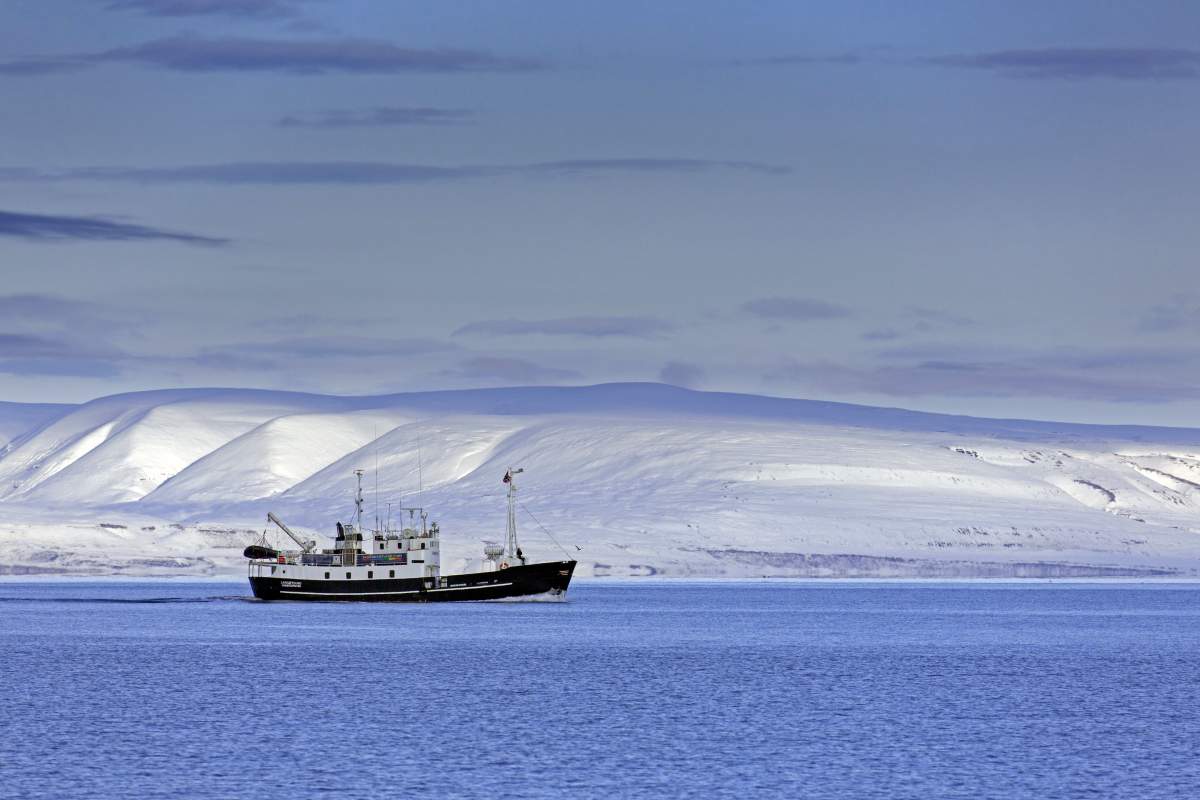High above the valley in California’s wine country, Joanna Wells’ vineyard is a challenging place to grow grapes. It’s nearly 3,000 feet above sea level, atop a mountain ridge, “Forty minutes off a main road just to get there,” Wells says.

But it’s these rocky hilltop terrains, with plenty of sunshine and maritime breezes, that Wells says, are perfect for the job.
What’s not idyllic, though, is California’s extreme weather.
“Every year tends to be climatically extreme now.”
She’s just one of a growing number of ventures, small and large, that are on the front lines of extreme weather.
To adapt to the shifting moods of climate change, Wells and her vineyard are turning some of their attention to the power of machines. Soil monitors and rain gauges were already in place at the vineyard when she took over the operation eight years ago.
But what wasn’t there was the machine-learning component – the software that allows the operation to crunch data “in a way that now gives us this predictive aspect that we didn’t have in the past.”
That means they can take in large volumes of information on everything from the impacts of past extreme weather events to current soil conditions. The data is then run through software that improves its analysis as more information is fed into it.
It’s a way to monitor conditions, challenging at the best of times at such high altitudes, and get predictive information such as the likelihood of frost or vine stress in one area, or soil dryness in another area.
It’s a “competitive advantage,” Wells says, of “understanding and knowing … what’s going on in there, and whether we need to be proactive or not.”
That competitive advantage is something that more and more companies are thinking about, says Mike Lyons, a managing partner at Boston Consulting Group, a company that is tracking how businesses respond to climate extremes.

Get breaking National news
“We are seeing that consumers actually care and they are actually willing to pay a premium, in many cases, for more climate-responsible products,” Lyons told Global News.
Taking proactive action, he says, also has significant cost savings, as opposed to reacting to disasters after they happen.
At the winery, machine learning tools are helping Wells stay one step ahead of the next weather disaster, including wildfire.
Fire is the new year-round reality of life in many parts of California. And, there, too, AI is starting to play an important role in responding to a growing problem.
Researcher Rossella Arcucci and her team at Imperial College in London are developing software applications that take in huge amounts of information about a fire, everything from wind speed to what people are tweeting about it, to come up with predictive analyses of how to respond.
“You can start simulating what happens if I put a (fire) barrier here, or a barrier there. Is the firefront moving in a different way? Am I able to stop the wildfires (by taking these measures)?”
That kind of predictive analysis is also helping with shipping in the Arctic – including for cruise ships that are increasingly navigating the region’s waters.
Researchers use data from a satellite hovering in space to monitor ice conditions. But in the summer months, the satellite has a hard time distinguishing between between open water and melting sea ice. Big data and machine learning fill the gaps.
“What AI allows you to do is look for patterns in the data,” says Arctic researcher Jack Landy. This can “provide you with new information that you can test against independent observations to see whether you’re getting something useful,” he says.
It doesn’t completely eliminate the need for humans to do the work – “I like to understand every domino that’s falling, to take me from my data to my understanding of a process or problem” – Landy says.
But in a region as remote, and dangerous, as the Arctic, it makes gathering information, such as predicting where and when there will be ice – critical for ships – possible.
It’s this predictive capacity that is central to the usefulness of machine learning.
“You can simulate thousands of scenarios in a few seconds and take the decision in almost real-time,” Arcucci says, referring to the application of AI in firefighting.
That information can be used to determine how crews respond.
Instead of sending firefighters into harm’s way to assess the best response, the future of firefighting will include how crews leverage the power of big data.
Or, how wine makers use data.
Winemaker Joanna Wells says machine learning is one major step forward in improving her business.
“We decided to evolve with that technology,” she says.
With extreme weather posing more of a threat, there was little choice but to adapt.
“Successful farming,” she adds, “is built on being proactive.”












Comments